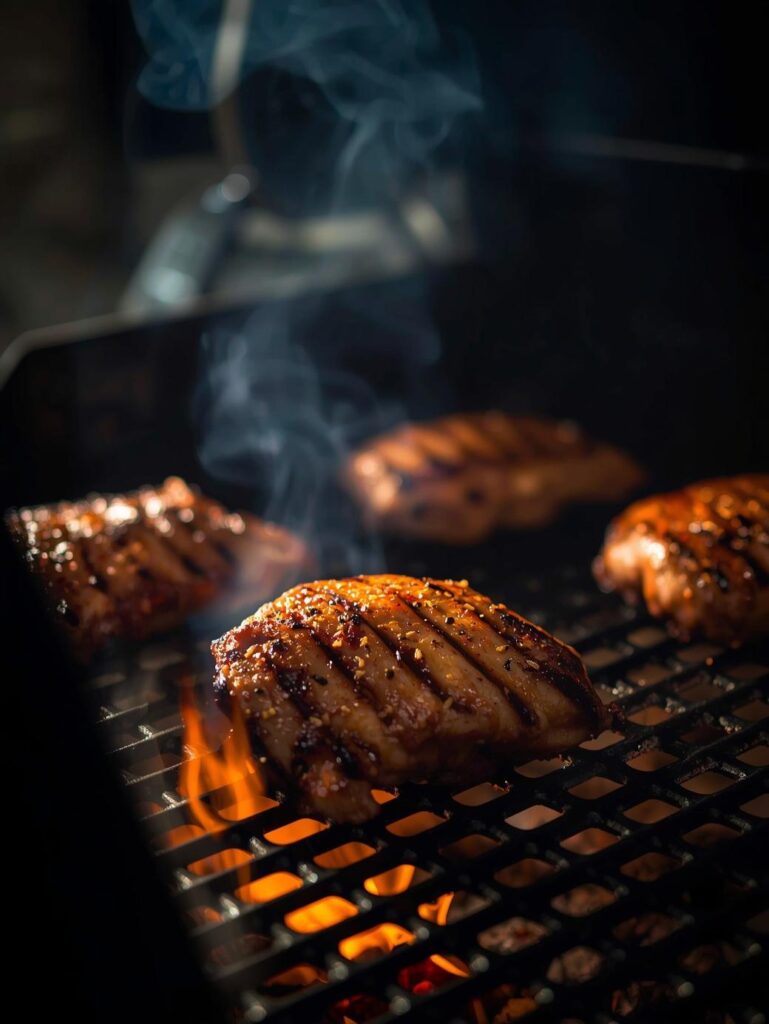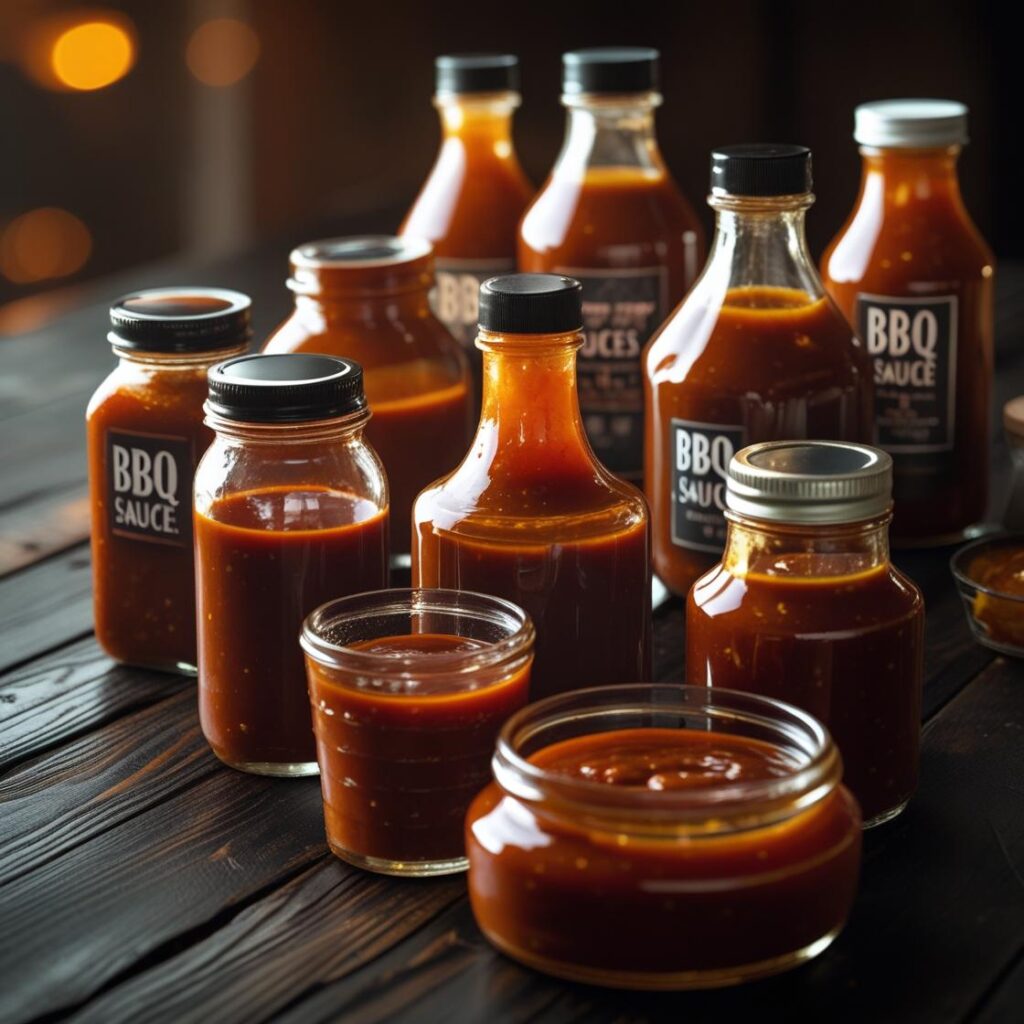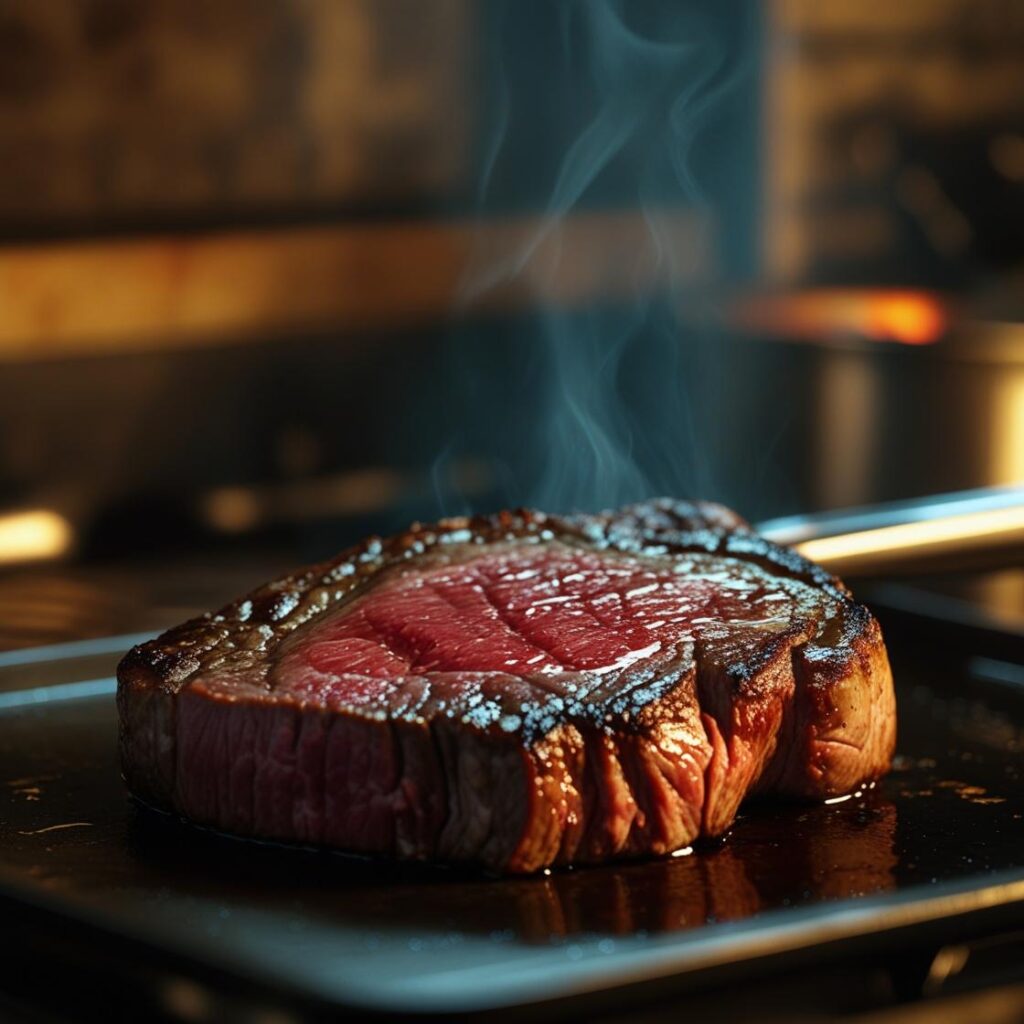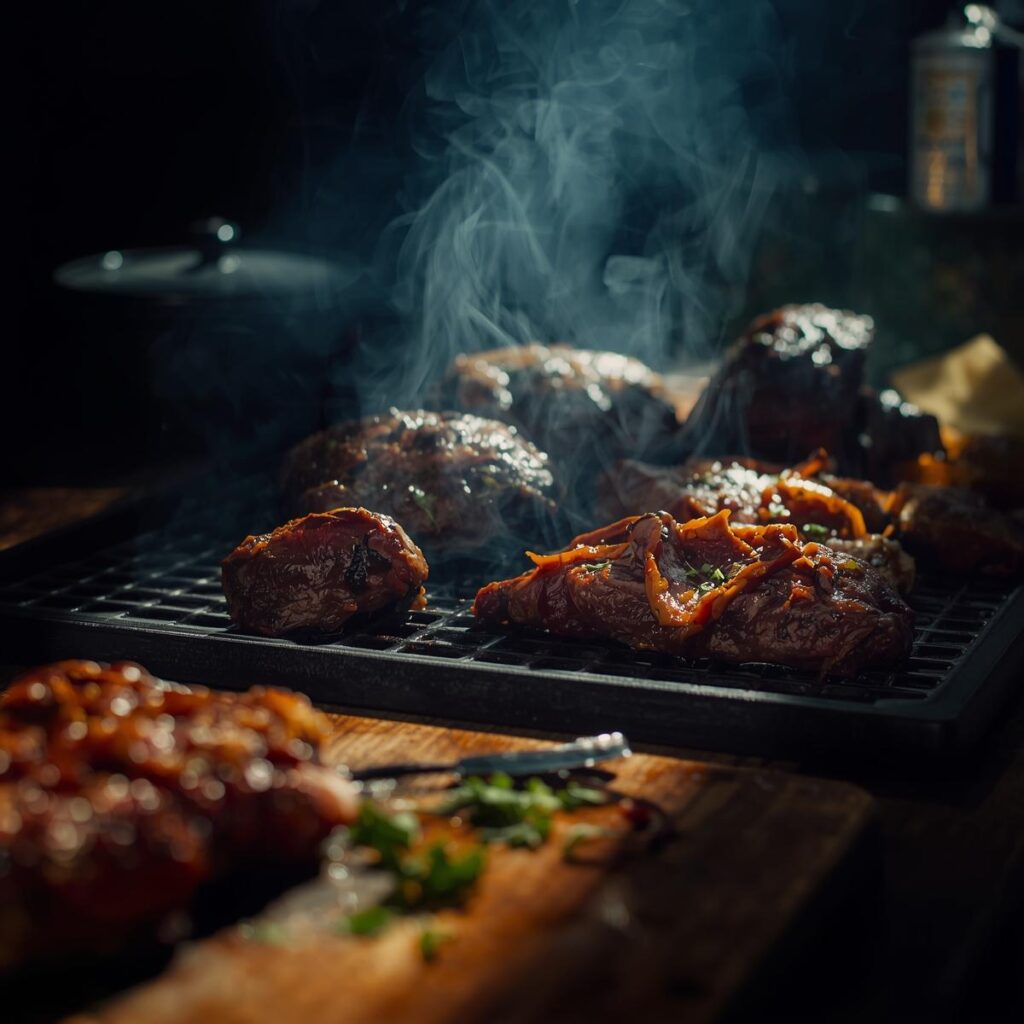5 Chicken Grilling Mistakes That Cause Dryness (Juicy Fix)
There are few things more classic than a piece of grilled chicken. The beautiful sear, the smoky aroma, and the promise of a delicious, juicy meal. But for many home cooks, that promise turns into disappointment. The chicken ends up dry, tough, and rubbery—a far cry from the tender, juicy grilled chicken you envisioned. This common frustration is almost always the result of a few simple chicken grilling mistakes.
This guide is your roadmap to perfectly cooked chicken every single time. We’ve identified the 5 chicken grilling mistakes that lead to a dry result and, more importantly, provided the “Juicy Fix” for each one. By mastering these grilled chicken tips, you will unlock the secret to tender, flavorful, and incredibly juicy chicken.
The Core Principle: Temperature is Everything for Juicy Chicken
The single most important factor in cooking chicken is temperature. Chicken, unlike beef, must be cooked to a specific internal temperature to be safe to eat (165°F or 74°C). The problem is that most people overcook it to be “extra safe,” resulting in a dry, tough piece of meat. Knowing the right temperature and how to achieve it is the key to preventing dry grilled chicken.
5 Chicken Grilling Mistakes That Cause Dryness (and Their Juicy Fixes)
1. Cooking Boneless, Skinless Chicken Breast
This is the most common mistake for a reason: this cut is notoriously difficult to grill without drying out.
- Why it happens: Boneless, skinless chicken breast is very lean, with almost no fat to keep it moist. It also has a low ratio of surface area to thickness, which makes it easy to burn the outside while the inside is still raw.
- Juicy Fix: Choose a different cut. Chicken thighs, drumsticks, or wings have more fat and connective tissue, which makes them much more forgiving on the grill. If you must grill chicken breast, pound it to a uniform thickness to ensure even cooking.
2. Not Using a Thermometer
This is a fundamental chicken cooking tip that is often ignored. Guessing doneness by sight or time is a recipe for disaster.
- Why it happens: The color of the chicken’s exterior and its firmness are not reliable indicators of its internal temperature. You might pull the chicken off the grill when it looks done, but the inside is still raw and unsafe to eat. To be safe, you’ll put it back on, which often results in an overcooked, dry piece of meat.
- Juicy Fix: Use a high-quality, fast-reading digital thermometer. It is the single most important tool you can own. Insert the probe into the thickest part of the chicken, away from any bones, and pull it off the grill when it reaches 160°F. The chicken will continue to cook as it rests. This is a crucial concept we cover in our guide on 7 temperature mistakes for BBQ that destroy juiciness.
3. Cooking Over Direct, High Heat
This is one of the most common chicken grilling mistakes that leads to a burnt exterior and a raw or dry interior.
- Why it happens: When you cook chicken over direct, high heat, the outside of the chicken will burn and char before the inside has a chance to cook through. This also causes the moisture in the meat to evaporate quickly, resulting in a dry, tough piece of chicken.
- Juicy Fix: Use a two-zone cooking method. Set up your grill with one side on high heat (direct) and the other on low heat (indirect). Sear the chicken over direct heat for a few minutes on each side to get a nice color, then move it to the indirect heat zone to finish cooking slowly and gently. This ensures the chicken cooks through without burning the outside.
4. Not Patting the Skin Dry
If you’re grilling chicken with the skin on, this is a crucial step for a crispy, delicious result.
- Why it happens: Moisture on the surface of the chicken skin will turn into steam when it hits the grill. This prevents the skin from getting crispy and can make it chewy and rubbery.
- Juicy Fix: Always pat your chicken skin completely dry with a paper towel before you apply any seasoning or put it on the grill. A dry surface is essential for getting that perfectly crispy, golden-brown skin that everyone loves.
5. Not Resting the Chicken
Just like with other cuts of meat, chicken needs to rest after it’s cooked.
- Why it happens: The high heat of the grill causes the muscle fibers in the chicken to contract, squeezing the juices to the center of the meat. If you slice into it immediately, all of those juices will run out onto your cutting board, leaving you with a dry, flavorless piece of chicken.
- Juicy Fix: After you pull the chicken off the grill, place it on a cutting board, tent it loosely with foil, and let it rest for 5-10 minutes. This allows the muscle fibers to relax and reabsorb all of those delicious juices. This is a crucial concept we cover in our guide on 6 resting mistakes that drain flavor from your meat.
| Chicken Grilling Mistake | Why It Happens | Juicy Fix |
| 1. Boneless, Skinless Breast | Very lean, dries out quickly. | Choose a fattier cut like thighs or wings. |
| 2. No Thermometer | Overcooking to be “safe.” | Use a thermometer and cook to 160°F. |
| 3. Direct, High Heat | Burns outside, dries out inside. | Use a two-zone cooking method. |
| 4. Wet Skin | Skin becomes chewy and rubbery. | Always pat the skin completely dry. |
| 5. No Resting | All the juices run out. | Rest for 5-10 minutes before slicing. |
- Suggested Image Alt Text: A perfectly grilled chicken thigh with a golden-brown skin, resting on a cutting board with a digital thermometer inserted, illustrating the result of avoiding chicken grilling mistakes.
Conclusion
Mastering the grill means understanding the unique challenges of each type of meat. By avoiding these 5 chicken grilling mistakes, you can say goodbye to dry, tough chicken and hello to a delicious, tender, and incredibly juicy meal. Remember, the key is to use the right cut, a reliable thermometer, and a little bit of patience.
FAQ: 5 Chicken Grilling Mistakes That Cause Dryness
What’s the final safe internal temperature for chicken?
The final safe internal temperature for chicken is 165°F (74°C). However, you should pull the chicken off the grill when it reaches 160°F, as it will continue to cook as it rests.
How can I make my grilled chicken breast more juicy?
The best way to make a chicken breast more juicy is to marinate it in a brine for at least 30 minutes before grilling. A brine will help the chicken absorb and retain moisture.
What’s the biggest takeaway from this guide?
The biggest takeaway is that a thermometer is your best friend when grilling chicken. It is the only way to ensure that your chicken is both safe to eat and perfectly cooked.
What’s the best way to get a good sear on chicken?
To get a good sear, make sure your grill is hot and the grates are clean. Cook the chicken over direct heat for a few minutes on each side to get a nice color before moving it to the indirect heat zone.
Can I use a meat mallet to pound chicken breast?
Yes, you can. Pounding the chicken breast to a uniform thickness will help it cook more evenly and prevent it from drying out.
Why is my grilled chicken rubbery?
Your grilled chicken is likely rubbery because it was overcooked. Overcooked chicken loses its moisture and becomes tough and chewy.
Is it okay to use a marinade on chicken?
Yes, a marinade is a great way to add flavor and moisture to your chicken. Just be sure to pat the chicken dry before grilling to get a good sear.






